John Hurrell – 23 June, 2012
Amusingly Turner has organised the two sections of Beijing city life and Tangxian life in very different formats. The portion of images of commuters crammed on the subway (#1-36) are pinned up in double rows of identically sized vertical rectangles tightly butted together, like the standing travellers hanging on to blue plastic handles in the images. The rural or provincial images (#37-50) on the other hand are in a single row, of different sizes, and more leisurely spread out.
John B. Turner is highly regarded as an artist and as an influential teacher of photography at Elam for over forty years - a tireless champion of the medium, and a pioneer during the seventies when it was not taken seriously by collectors as an artform. He retired last last year and because his partner Liu Jianguang is Chinese, he has been living in north Beijing since mid January. This exhibition of fifty photographs (not postcards) was organised for the 2012 Auckland Festival of Photography, and is accompanied by a folded catalogue with a informative essay by Turner discussing his new life as a foreigner in the city.
A large part of the show depicts commuters on city trains, and other sections are of the countryside and village where Liu Jianguang’s parents live, or Tangxian where she went to college. Amusingly Turner has organised the two sections in very different formats. The portion of images of commuters crammed on the subway (#1-36) are pinned up in double rows of identically sized vertical rectangles tightly butted together, like standing travellers hanging on to blue plastic handles in the images. The rural or provincial images (#37-50) on the other hand are in a single row, of different sizes, and more leisurely spread out.
Most of us have travelled regularly on the underground city trains of say London or Paris, and so when we see these Chinese images, not having been there we wonder about connections. We look at the signage: is there any written English here? Is there advertising? Are the people withdrawn or chatty? Are the trains efficient?
Amongst these ‘metro’ images of Beijing you can see a musician with an ‘entertainer’ sticker on his guitar, another man with a button saying he can tell you about a weight losing product, and no beggars going from carriage to carriage, but instead, one footless man crawling along the floor. Overall many of these shots are too much like photo-journalism for my taste, too beholden to narrative. They are, in a sense, too prosaic.
The other images, the outdoor ones, I’m more drawn to, for they have an obvious sense of compositional placement. The receding road bordered by barren paddocks and rows of leafless trees sticks in the mind - as do shots of street vendors at night and an art student selling reproductions in a market.
One particularly dynamic image is indoors, of Turner’s in laws making dumplings - little ‘turnovers’ lined up in spiralling rows on the table and photographed from high above. The odd angle sweeps you away with its refreshing organisation. There is a split second when you are not sure what is in front of you. The aerial view - almost a ‘constructivist’ abstraction - whisks you off to another dimension.
John Hurrell
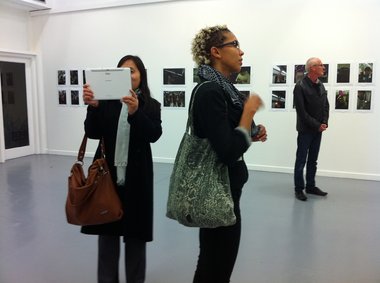
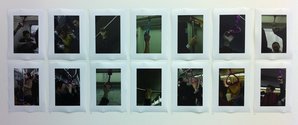

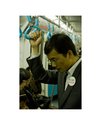
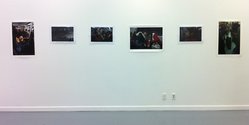
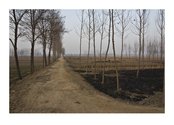

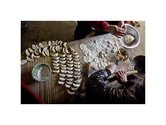
 Advertising in this column
Advertising in this column Two Rooms presents a program of residencies and projects
Two Rooms presents a program of residencies and projects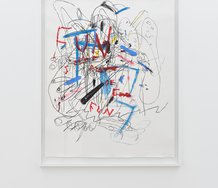

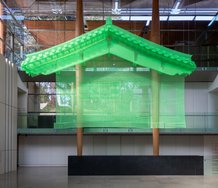
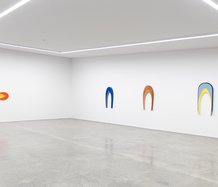
This Discussion has 0 comments.
Comment
Participate
Register to Participate.
Sign in
Sign in to an existing account.